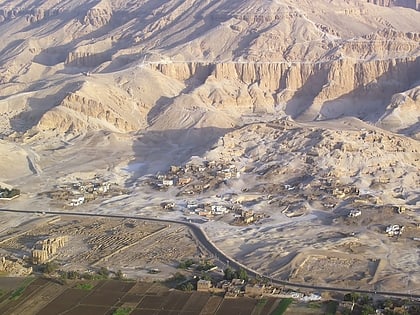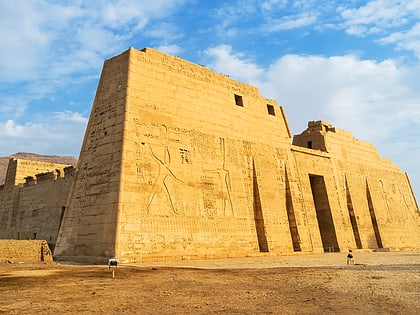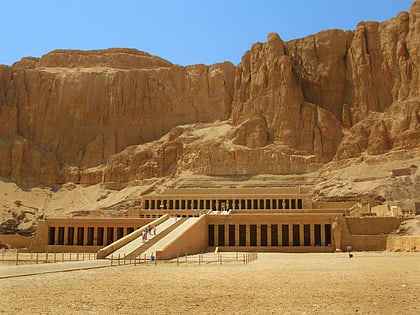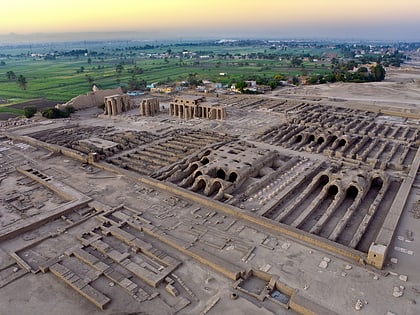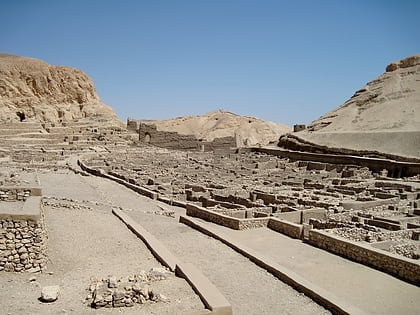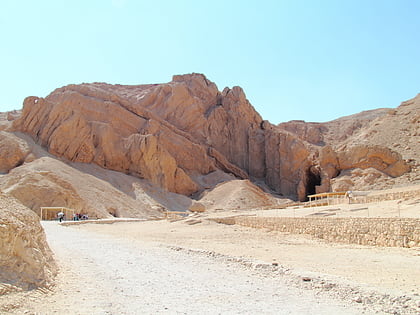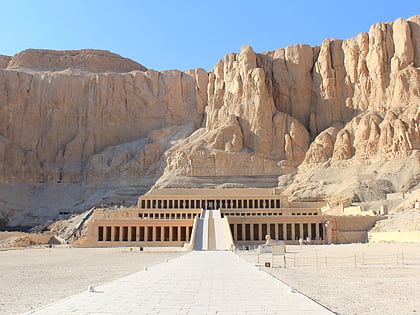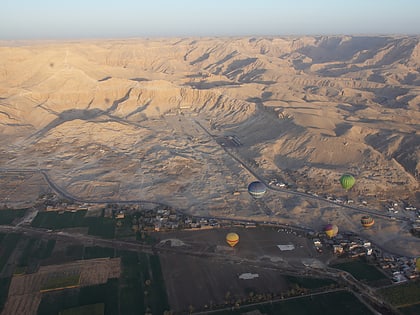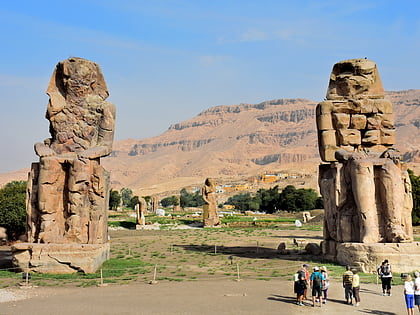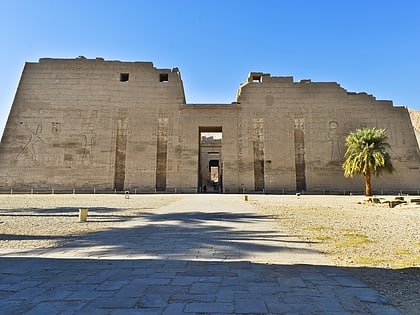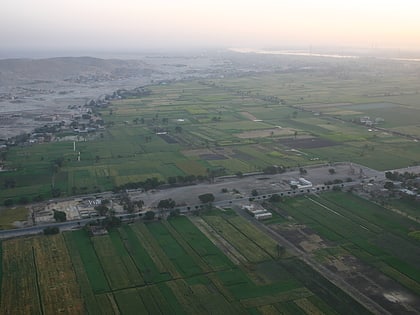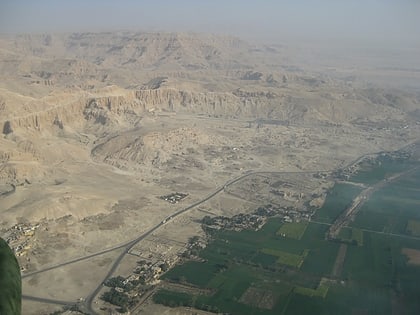Tombs of the Nobles, Luxor
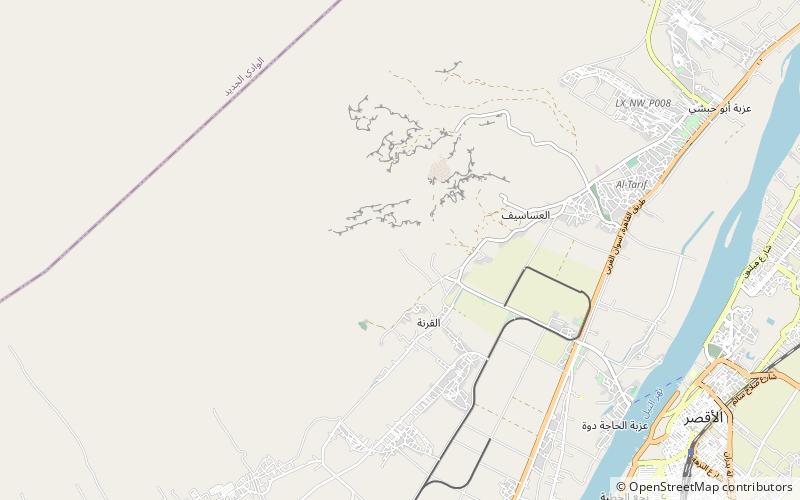

Facts and practical information
Nestled in the rugged limestone cliffs on the west bank of the Nile in Luxor, Egypt, the Tombs of the Nobles are an ancient treasure trove of history and art. This sprawling necropolis is the final resting place of the high officials, not royals, who served the pharaohs during the time of the New Kingdom (1550-1070 BCE) and beyond.
The site, which consists of over 400 tombs, offers an intimate glimpse into the lives and beliefs of the ancient Egyptian elite. The tombs are renowned for their vivid wall paintings and inscriptions, which depict daily life scenes, agricultural activities, and religious rituals, providing valuable insights into the culture and customs of the time.
Unlike the grandeur of the nearby Valley of the Kings, the Tombs of the Nobles are less frequented by tourists, offering a more serene and contemplative experience. The tombs vary in size and complexity, with some featuring intricate layouts and others being more modest. Not all the tombs are open to the public, but those that are, such as the Tomb of Nakht, the Tomb of Menna, and the Tomb of Sennofer, allow visitors to marvel at the well-preserved decorations and hieroglyphic texts.
The Tombs of the Nobles are a testament to the craftsmanship and artistry of ancient Egyptian artisans. The vibrant colors and detailed carvings have survived thousands of years, thanks to the dry desert climate and the dedication of conservators.
Visitors to Luxor should not miss the opportunity to explore this remarkable site. The tombs are typically open to the public year-round, with the cooler months from October to April being the most comfortable for exploration. It's advisable to hire a knowledgeable guide to fully appreciate the historical context of the tombs and the stories behind their inhabitants.
Luxor
Tombs of the Nobles – popular in the area (distance from the attraction)
Nearby attractions include: Medinet Habu, Mortuary Temple of Hatshepsut, Ramesseum, Deir el-Medina.
